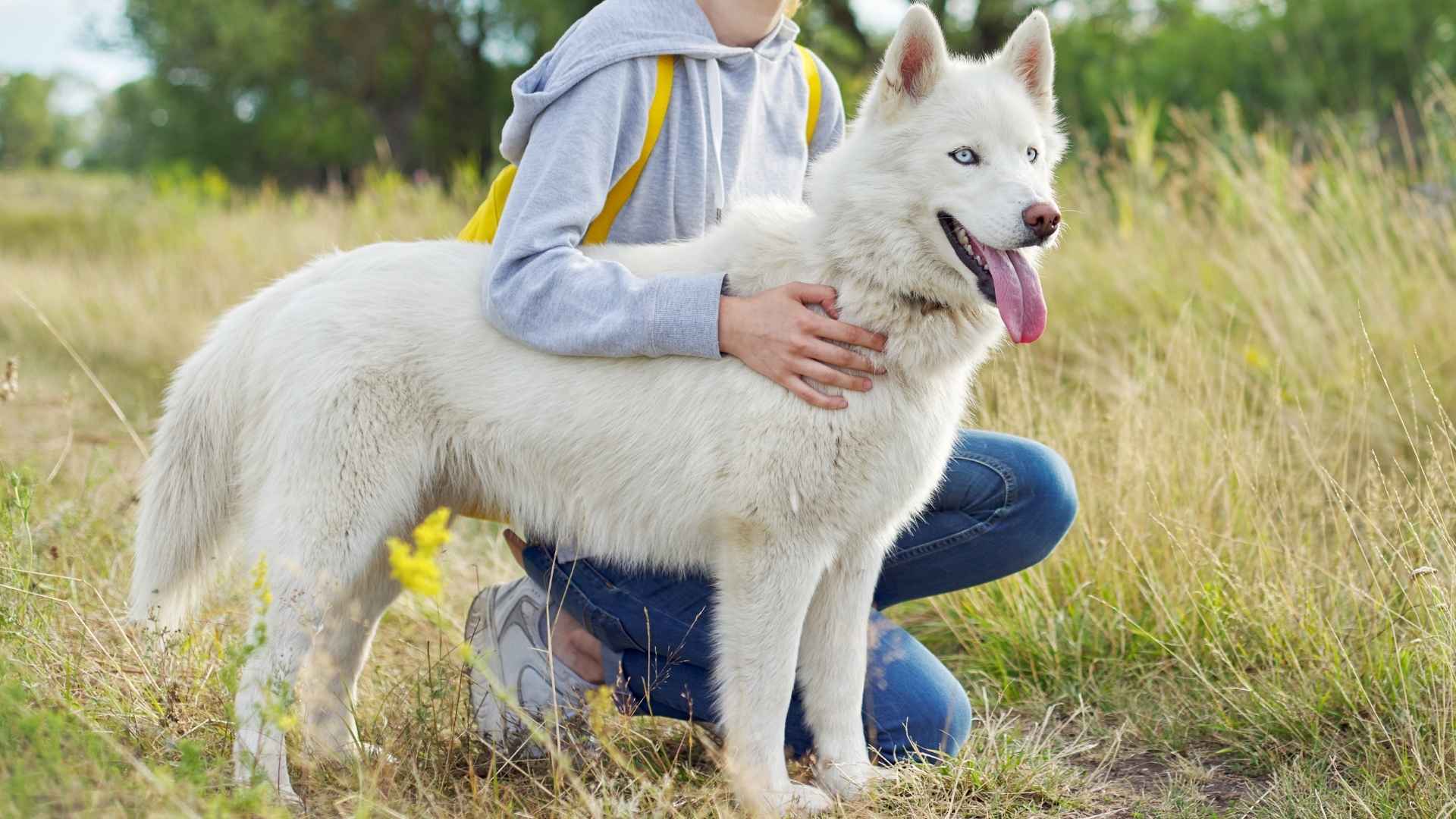“Dogs are major deterrents in attempts to burglarize homes,” says K. Campbell, a certified protection professional.
This isn’t just expert opinion; it’s reality playing out every night across thousands of homes. While we sleep deeply, guard dogs rest in alert mode, their ears twitching at the slightest unusual sound. Their protective drive isn’t just training – it’s woven into specific breeds through generations of careful selection.
These natural guardians don’t need to be taught to protect; they need to be taught when not to. These seven standout breeds represent the pinnacle of canine guardianship, each bringing unique protective strengths to your home.
Best Guard Dog Breeds for Personal Safety
1. German Shepherd
German Shepherds aren’t just alert — they’re deeply analytical. They don’t jump at every noise or bark without purpose. Instead, they assess. This makes them one of the most excellent guard dogs you can bring home, but only if you’re ready to commit to consistent structure and leadership.
Temperament: Loyal to a Fault, Reserved With Strangers
This breed forms strong bonds with its people but doesn’t extend trust easily to outsiders. When strangers approach, a German Shepherd’s default is caution, not aggression.
Without proper socialization, that caution can shift into suspicion. For families, this means early and controlled introductions are key, not just once, but regularly.
Training Is Non-Negotiable — And It’s Ongoing
This isn’t a “once-and-done” obedience course kind of dog. To truly excel as a protection dog, a German Shepherd needs regular drills, scenario-based sessions, and impulse control exercises.
Starting from 8 weeks, training must continue into adulthood with increasing complexity, as mentioned in Shepherd Sense. Think handler engagement, verbal control under stress, and bite inhibition, especially if you plan to pursue guard dog training professionally.
What Owners Must Consider First
Time commitment: This breed needs daily mental and physical work, not just long walks but structured tasks.
Confidence: They respond best to calm, assertive handlers. Unclear rules? They’ll make their own.
Living situation: They need space, routine, and consistency. Chaotic households or passive owners are not a match.
2. Akita
Akitas don’t bark at shadows or seek approval from strangers. They observe first and act only when they sense a true threat. This deep instinct to guard without dramatics places them among the most respected protection dog breeds, especially for owners who value quiet strength over showy reactions.
Not a Dog for Every Household
With their deeply loyal nature, Akitas thrive in homes where they’re bonded to just a few people. But this loyalty can come with possessiveness.
While they can be wonderful family pets, their tolerance for chaos, unfamiliar guests, or small children pulling on their ears is limited unless carefully raised with them.
Socializing and Training: Non-Negotiables
According to the experts of AKC, Akitas are not naturally friendly with other dogs, especially of the same sex. Early, controlled socialization is critical, but even then, some may always prefer solitude.
As for obedience training, it must start early and continue well into adulthood. They’re highly intelligent, but not blindly obedient — consistency, clarity, and calm authority are essential.
What Owners Should Know First
Aloof, not aggressive: They won’t go looking for trouble, but they won’t back down either.
Training is about trust: Force won’t work. Mutual respect will.
Space and boundaries: They do best in calm homes with clear routines and few surprises.
3. Doberman Pinscher
Developed in the late 1800s by German tax collector Karl Friedrich Louis Dobermann, this breed was created with one goal: personal protection. He needed a fast, intelligent, and fearless dog that could defend him on his rounds through unsafe areas.
The result was the Doberman Pinscher — a breed purpose-built to protect humans, not property, and still one of the most respected personal protection dogs in the world today.
Real-World Utility: From Homes to Patrol
For private security professionals, solo female joggers, or individuals living in remote areas, Dobermans are an ideal fit. Their speed and stamina make them excellent for patrolling larger properties or escorting their owners during outdoor activities like running or hiking.
Female vs. Male: Protection Style Matters
Unlike many other breeds, gender plays a strategic role in choosing the right Doberman for protection.
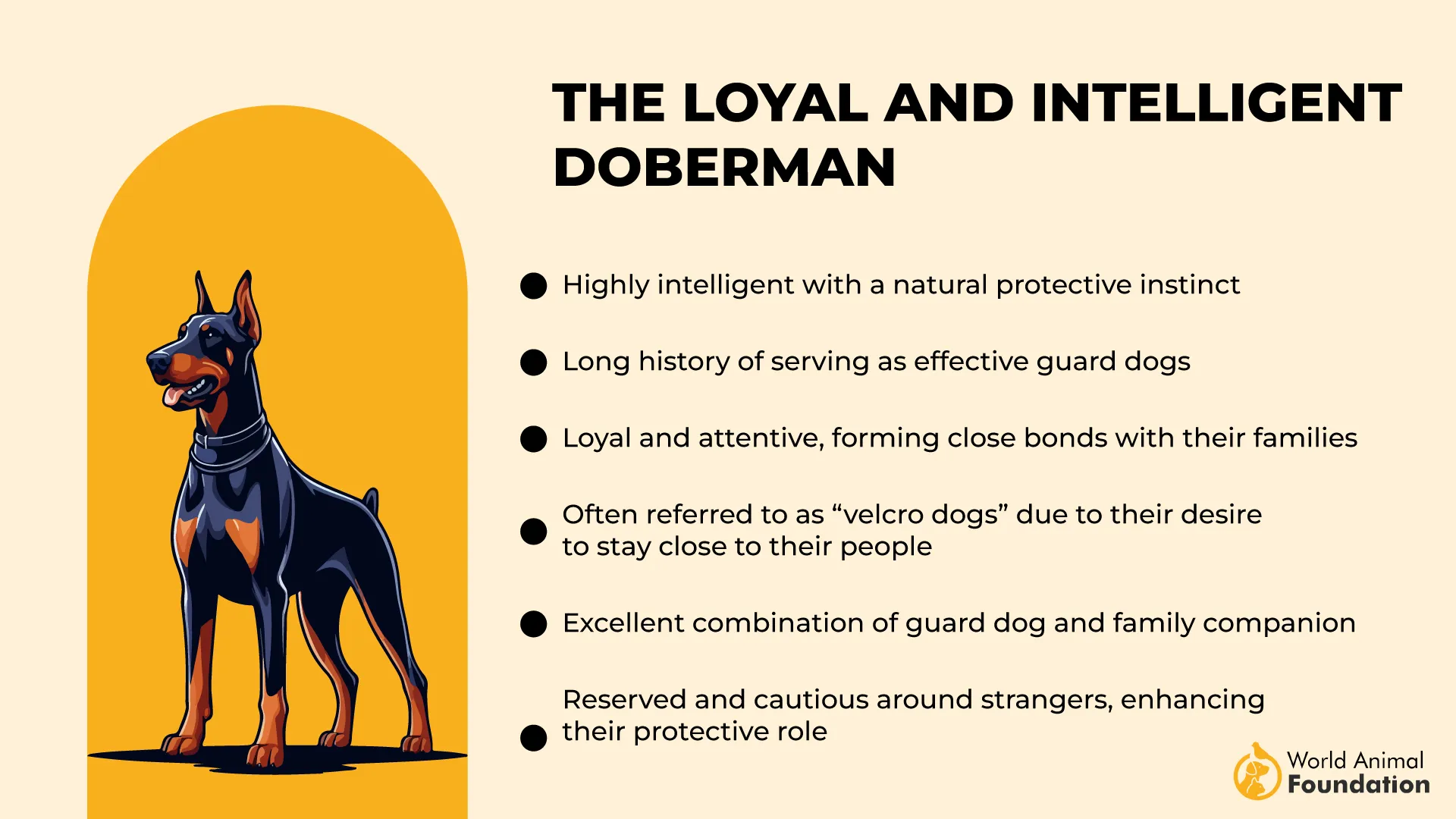
As per the experts of the Doberman Planet, Females mature earlier and typically show stronger personal protective instincts, staying closer to their handlers. Males, on the other hand, are more territorial and excel in securing large homes or compounds.
Both are highly effective, but their protection style differs subtly and significantly.
Training Is Not Optional
A well-bred Doberman is intensely loyal, but their loyalty is matched by intelligence and drive. They require structured, proper training, not just basic obedience, but advanced drills in impulse control, scenario-based guard dog training, and exposure to varied environments.
This isn’t a breed that can be “left to figure it out.” Without clear leadership and mental challenges, they may become anxious or overly assertive.
4. Rottweiler
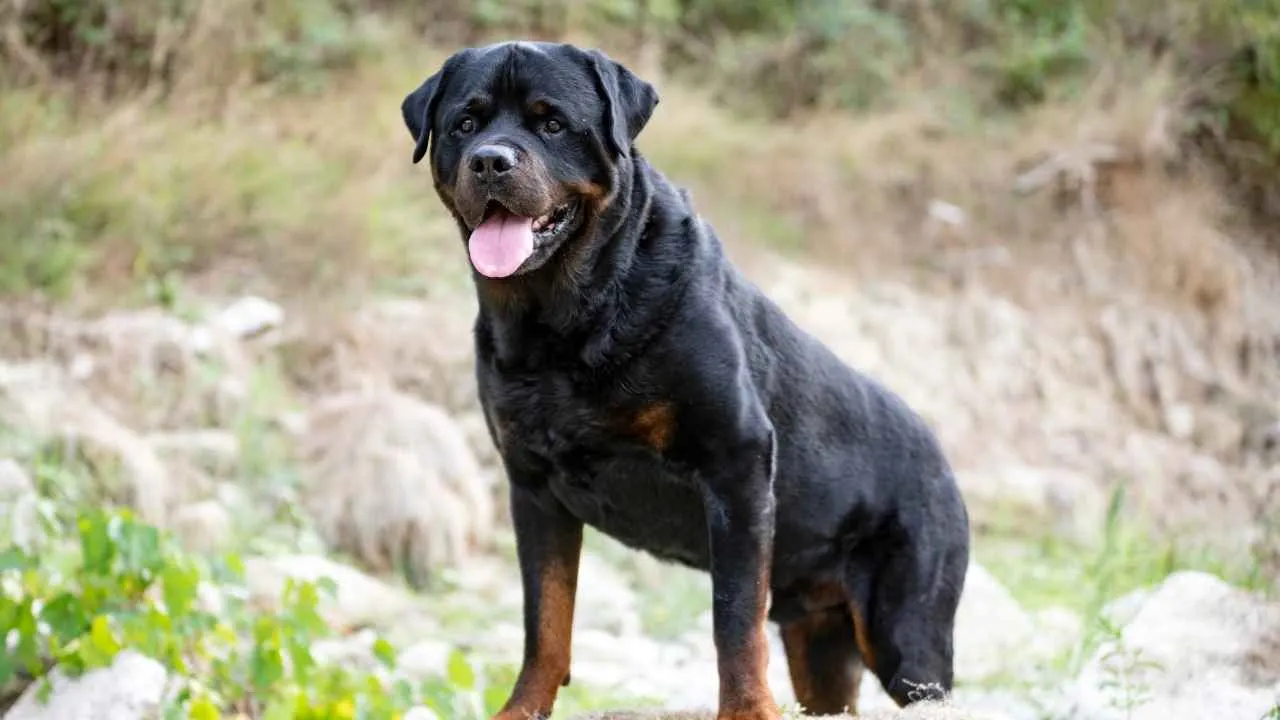
Rottweilers were once used by Roman legions to drive cattle and guard encampments. That history stuck. Over time, though, their serious demeanor and powerful build gave rise to a reputation for aggression.
In truth, they’re not reckless — they’re discerning. But that same seriousness is exactly what makes them great protection dogs in the right hands.
Not everyone should own one
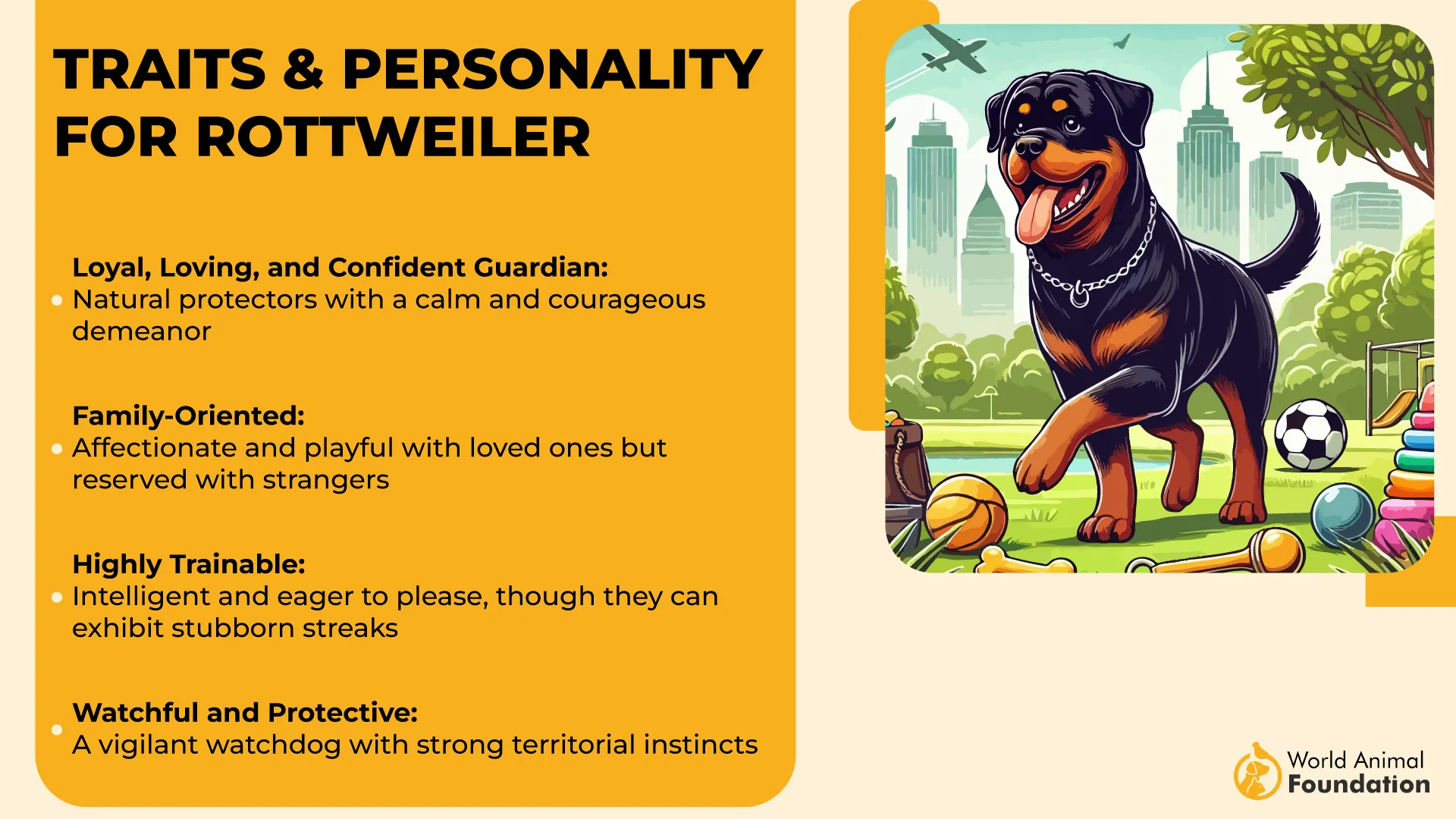
Rottweilers don’t respond well to hesitation or mixed signals. They’re slow to trust and naturally territorial, especially around other dogs and strangers.
That suspicion isn’t a flaw — it’s a working trait. But it means early socialization isn’t optional; it’s foundational. They need structured boundaries, not casual companionship.
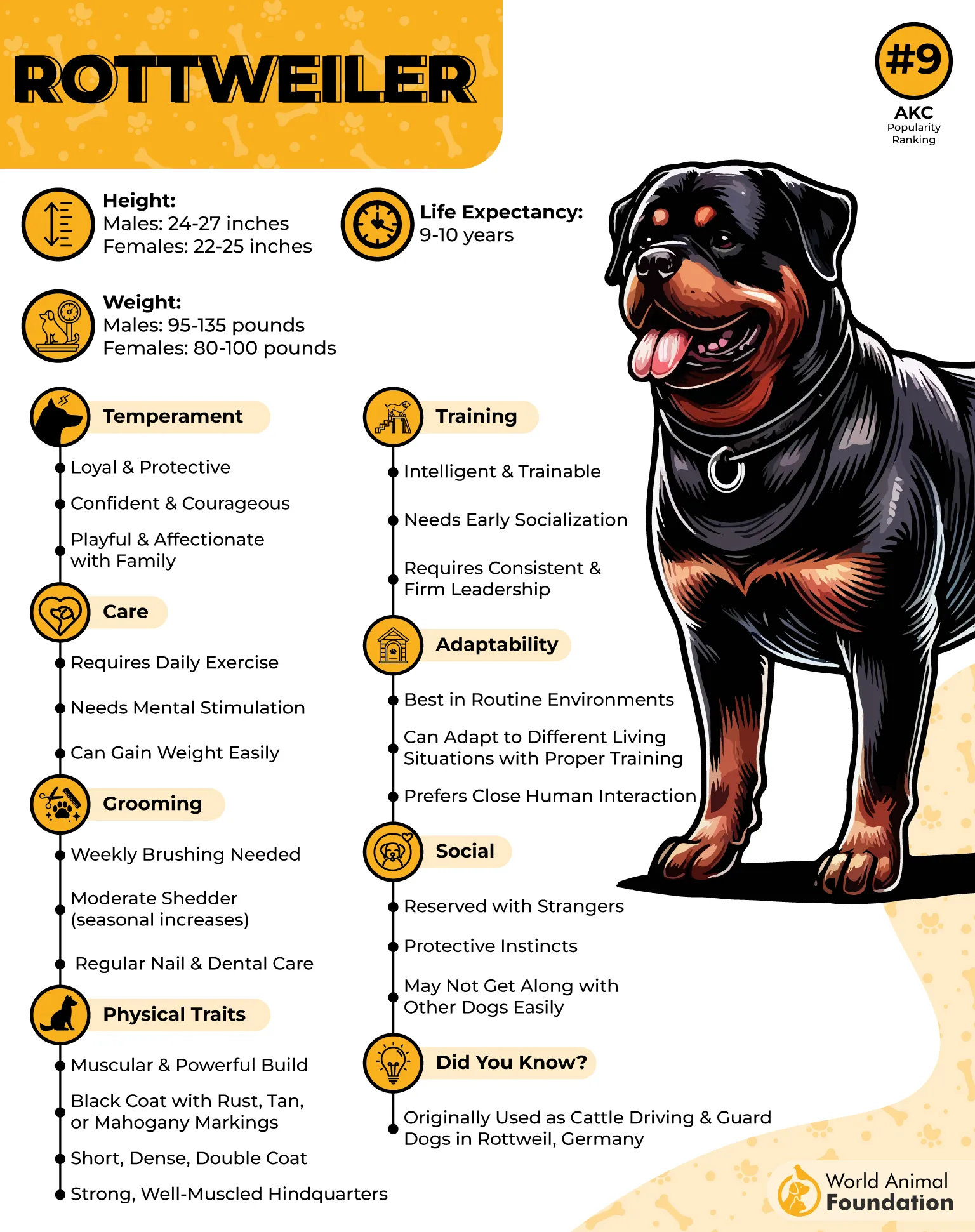
Work ethic matters more than play
They thrive in purpose-driven environments. If you’re not giving a Rottweiler mental jobs, they’ll assign themselves one, like guarding the couch from guests.
As one of the best protection dogs, they do well in environments where daily obedience routines, impulse control drills, and protection scenarios are built in.
Trainable, but not soft
Obedience work should start early and never stop. They respect consistency over affection, though they bond deeply with their handler and family members.
With the right training foundation, they’re reliable, composed, and alert without being reactive — everything you’d want in a personal protection dog.
5. Bullmastiff
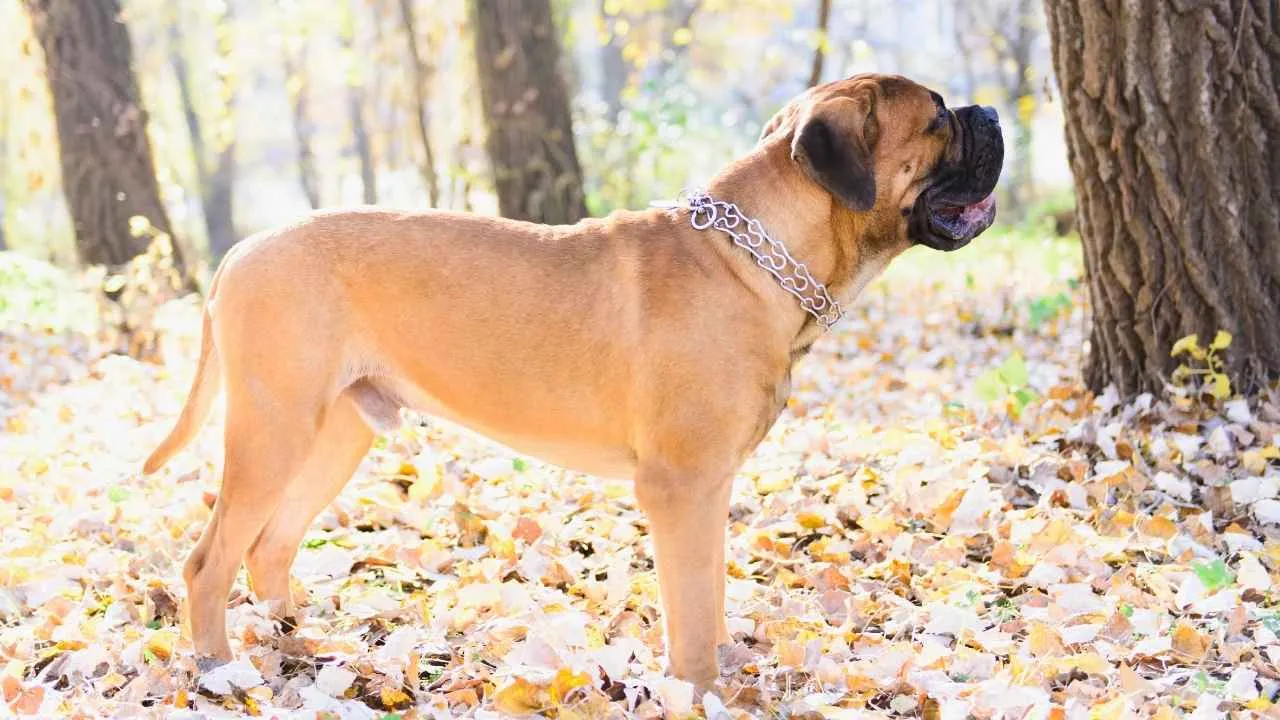
The Bullmastiff was originally bred in 19th-century England to assist gamekeepers in apprehending poachers — not by barking, but by tracking silently, pinning intruders, and holding them down.
That instinct for quiet control still defines the breed today, making them an ideal protection dog for people who want presence without constant noise.
Protective but not reckless
What sets the Bullmastiff apart isn’t just size, it’s their restraint. Unlike breeds that meet strangers with barking, Bullmastiffs observe first. They’re naturally protective dogs, but not overly suspicious or quick to react. This makes them excellent deterrents in calm households, but only if they’re raised with structure.
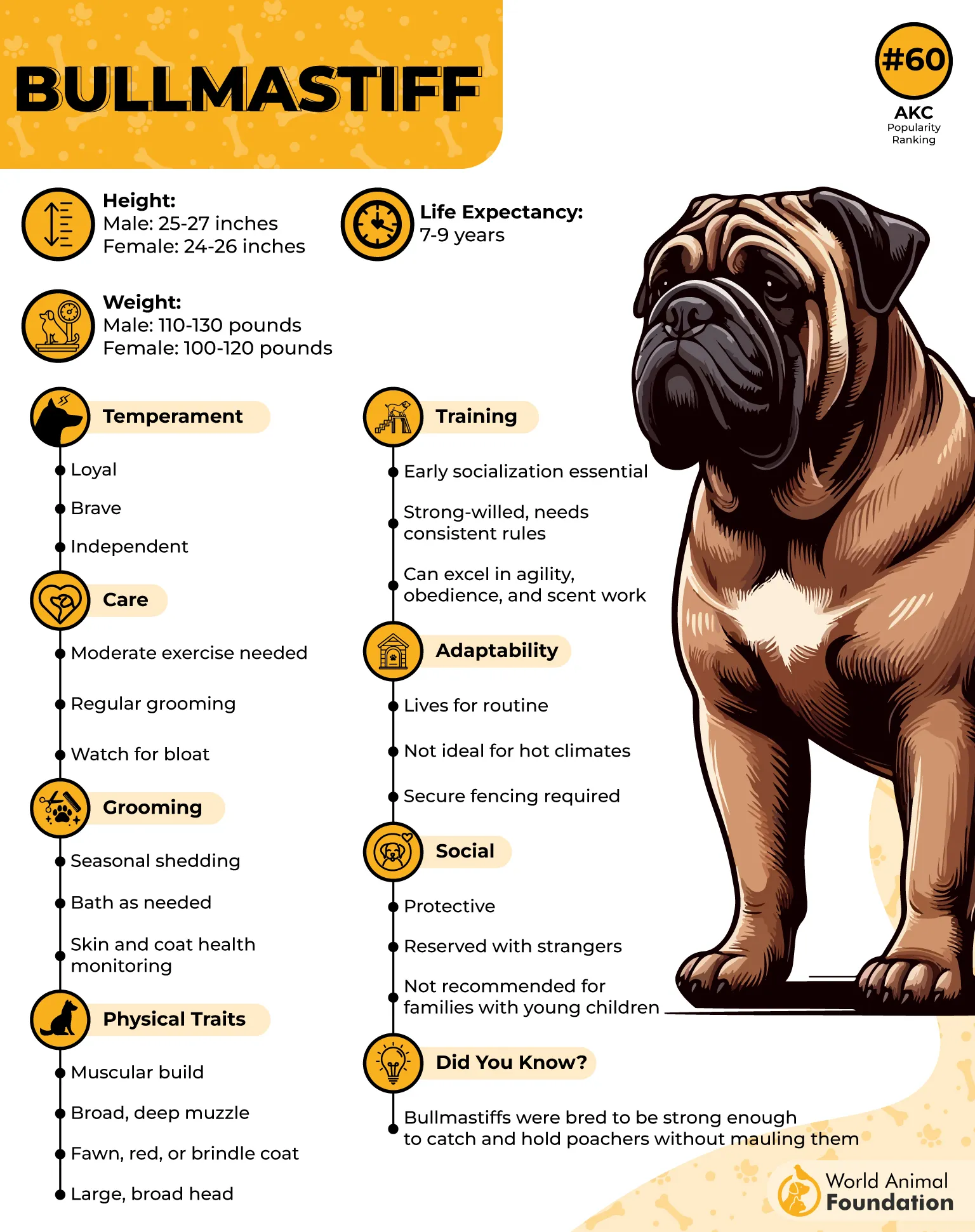
Gentle at home, serious on duty
At home, they’re calm and affectionate, sometimes even goofy with their humans. But their size (often 100–130 lbs) and physical strength mean they’re not ideal for first-time dog owners. It’s easy to unintentionally reinforce bad habits without clear boundaries or experience.
Not plug-and-play protectors
Despite their instincts, Bullmastiffs still require specialized training to perform any actual protective work. Their obedience can be stubborn, so consistent routines, early socialization, and firm, calm leadership are crucial.
When trained well, they become reliable personal guardians — quiet, controlled, and powerfully effective without needing to put on a show.
6. Cane Corso
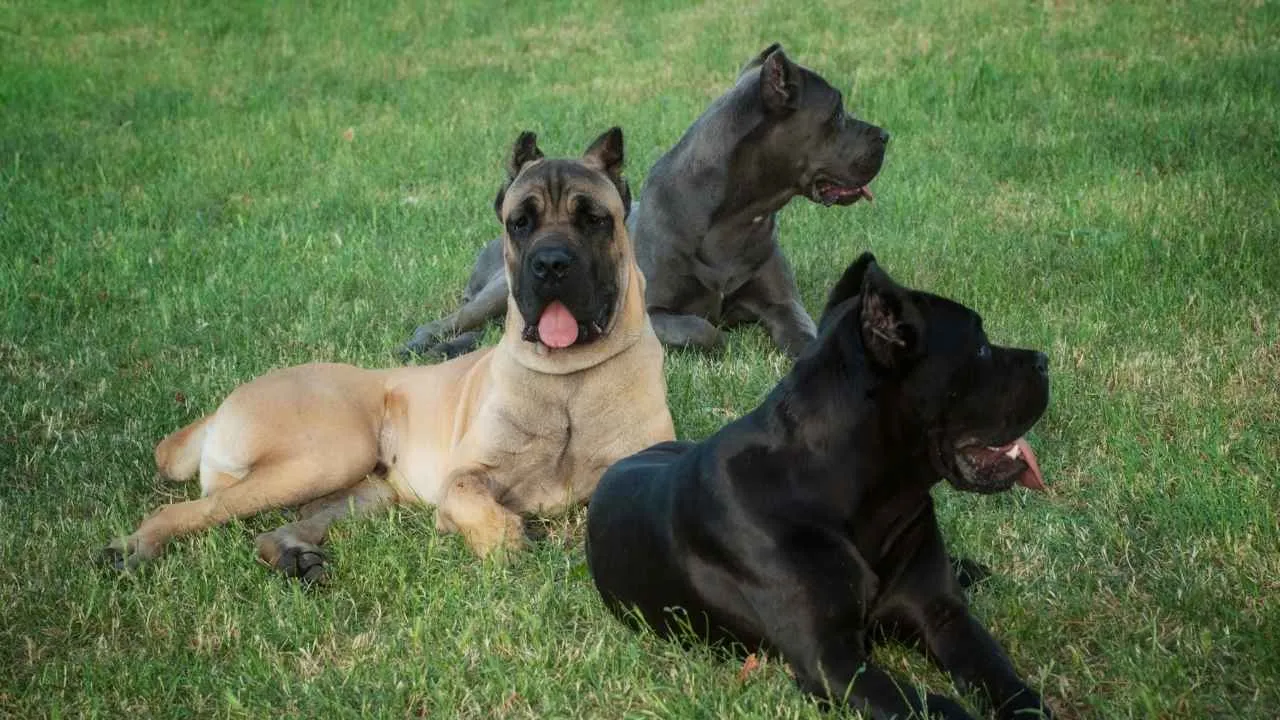
The Cane Corso descends from Roman war dogs and was historically used for guarding property, livestock, and even people. That lineage still shows in their physical power, composure, and confidence. They aren’t just intimidating, they’re calculated, alert, and purpose-driven, making them great guard dogs for experienced handlers who know how to work with strength and intensity.
Work-minded and protective
Corsi are not couch companions. They need mental stimulation, purposeful tasks, and regular exercise to stay well-balanced. Without structure, their protective instincts can easily become misdirected.
They’re fiercely loyal to their families but rarely trusting of strangers, and that caution is what makes them reliable in protection settings. Though aloof with outsiders, they can be naturally affectionate at home, often forming deep one-person bonds.
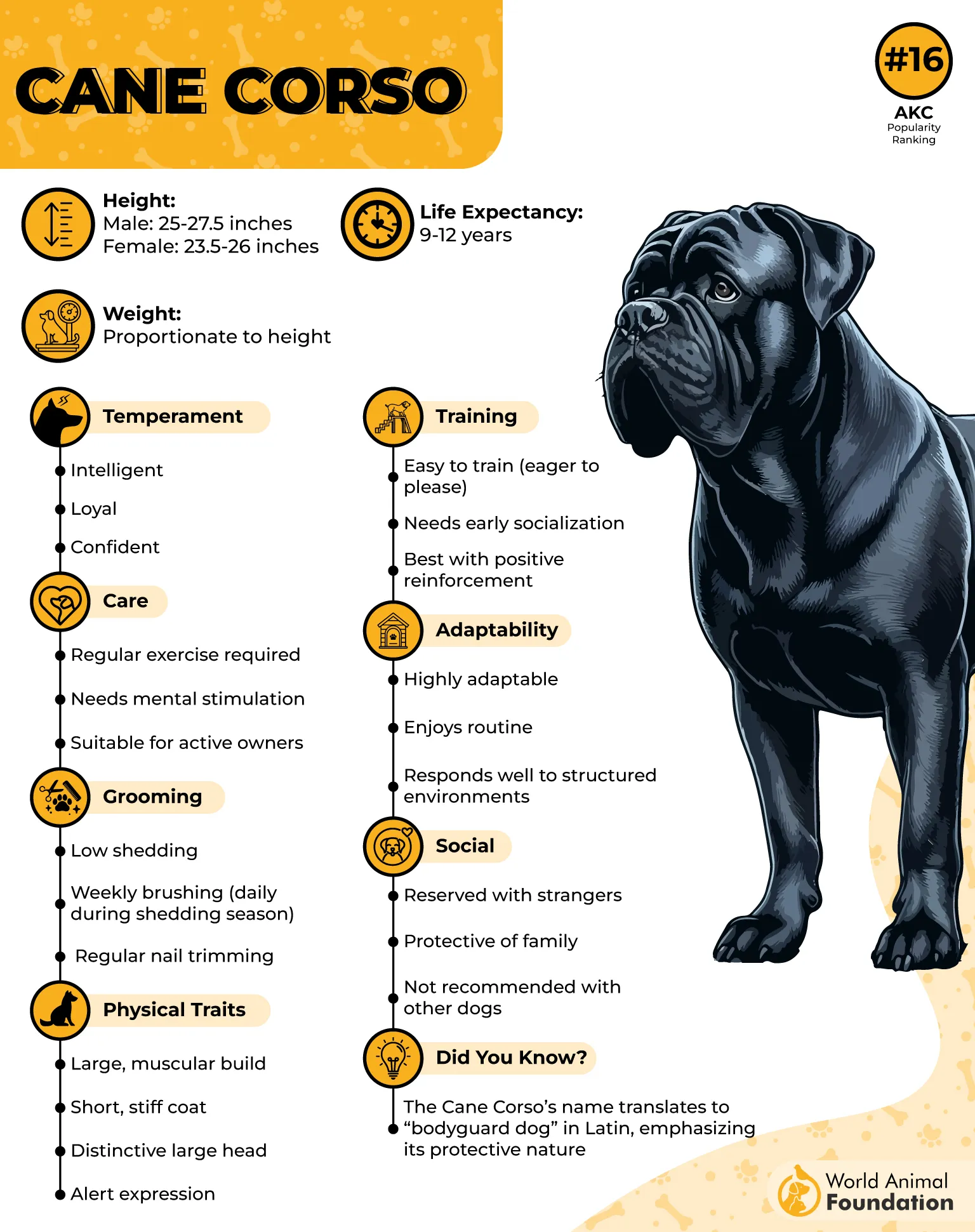
Training specifics: structure from the start
Training a Corso is not a casual task, it’s a responsibility. Because they’re extremely intelligent, their minds must be shaped early and intentionally. Basic training and socialization should start around 8 weeks old, introducing them to different people, environments, and sounds, as per Next Level Dog Training.
Earlier, begin impulse control and basic obedience (sit, stay, leash walking) using positive reinforcement. As they mature, formal specialized training, like protection or advanced obedience, can begin within a year under a professional.
With the right foundation and guidance, a Cane Corso can be one of the most composed and dependable guardians you’ll ever own.
7. Belgian Malinois
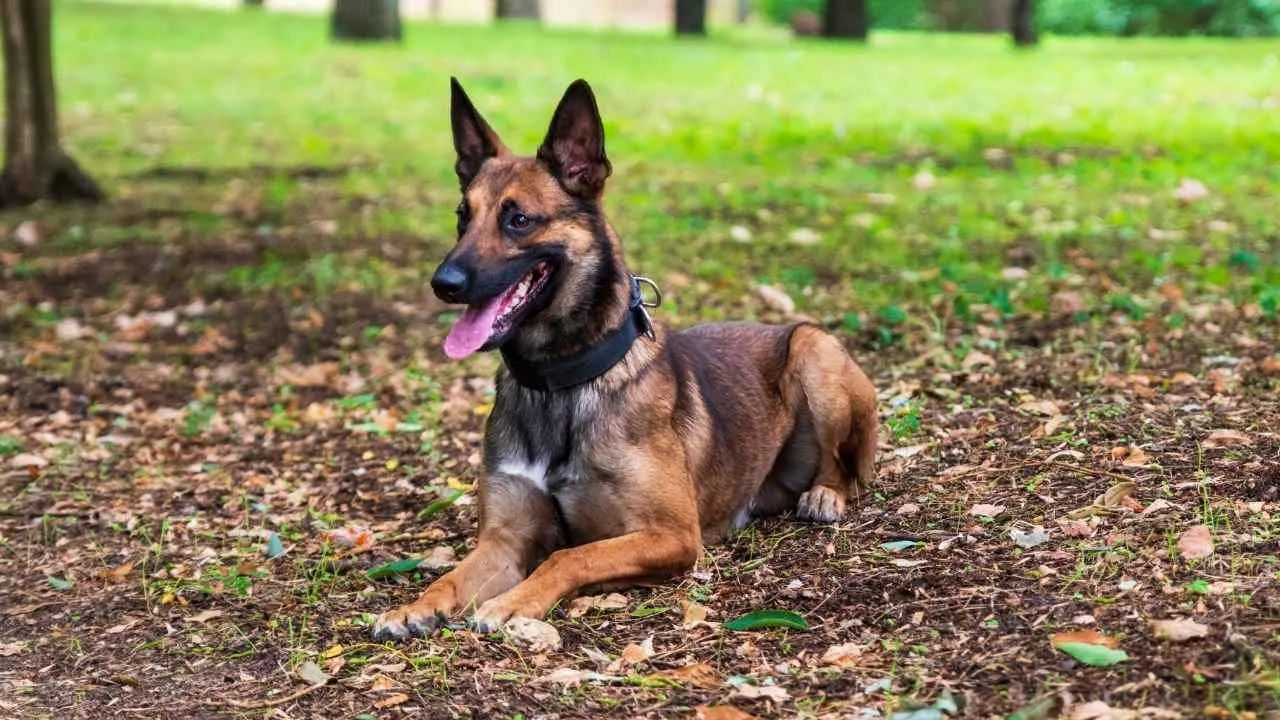
The Belgian Malinois was initially bred for herding and farm work in Belgium, but over time, their intelligence, stamina, and alertness earned them roles in military, police, and elite protection units worldwide. This isn’t just a smart dog, it’s a task-driven powerhouse with instincts wired for action.
Not just brawn, brains, and bonding
While many see their physical agility first, what defines the Malinois is mental sharpness. This breed thrives when engaged daily and excels in everything from scent work to tactical obedience.
However, without firm direction starting at an early age, they may develop destructive habits or become unmanageable.
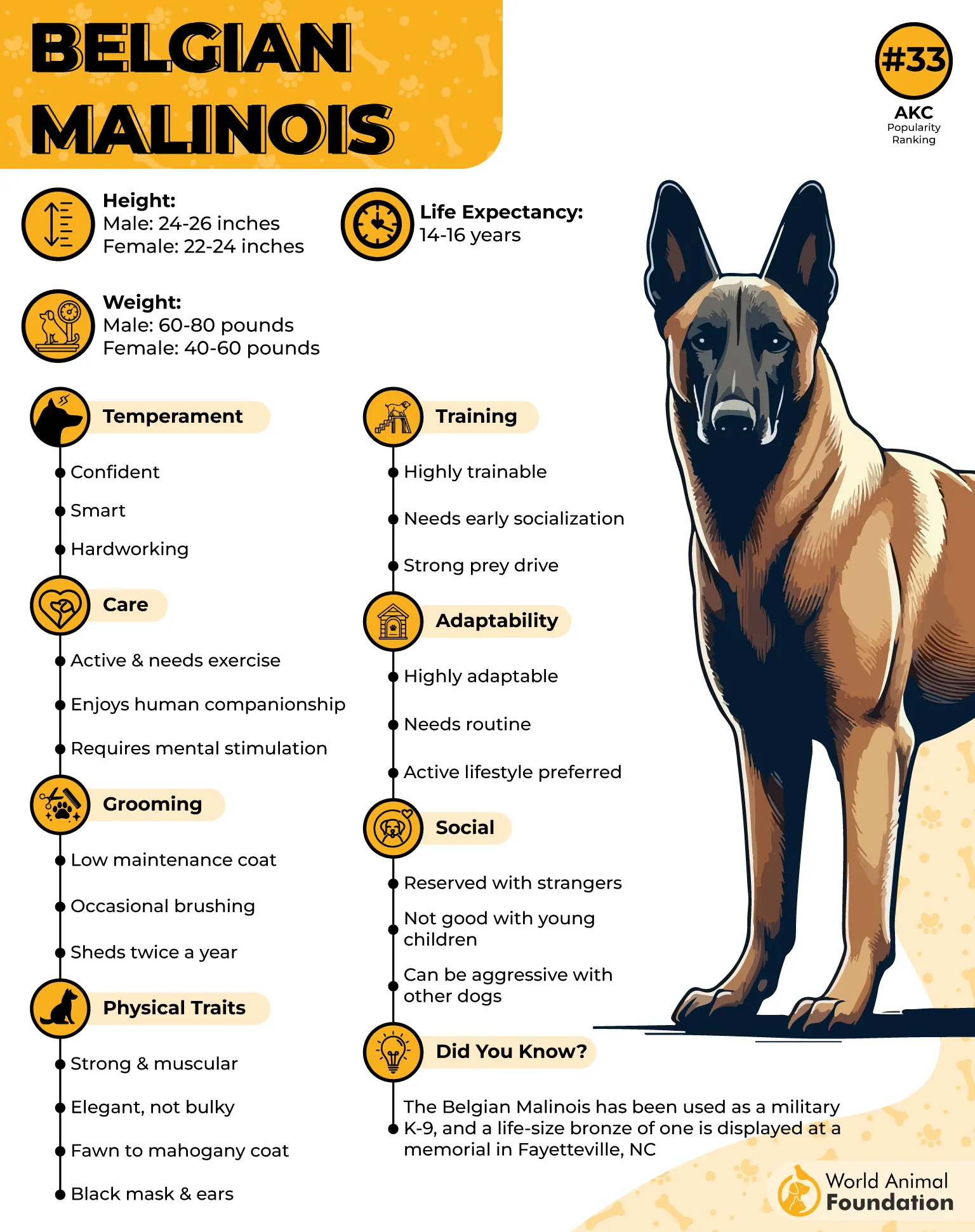
Training isn’t optional — it’s essential
Even though they’re quick learners, the Belgian Malinois is not the right dog for passive or inconsistent handlers. They require firm boundaries, structure, and basic obedience training as the bare minimum, not a casual weekend activity. With the right foundation, though, they become an effective guard dog capable of reading situations quickly and responding with precision.
Devoted, but intense
They’re extremely loyal to their families, often forming tight bonds with one or two people in particular. But that loyalty comes with responsibility — they don’t just want a job, they need one.
While they can be loving dogs in the right hands, their drive and intensity demand an experienced owner who can channel that energy productively.
Conclusion
Finding your perfect guardian isn’t just about choosing the most intimidating dog on the list. It’s about matching a breed’s natural strengths to your specific needs. Some excel through their imposing size, while others rely on intelligence and alertness.
The best guard dogs balance protective instincts with calm confidence, becoming loving companions when threats aren’t present. Remember that these powerful breeds require consistent training and clear leadership – they’re security partners, not security systems.
Whether you choose the generally quiet Bullmastiff or the high-energy Malinois, the commitment remains the same: provide structure, socialization, and purpose.
In return, these remarkable animals offer something no technology can match – unwavering loyalty and protection when it matters most. Your perfect canine guardian is waiting. The only question is: which of these different breeds speaks to your situation?


